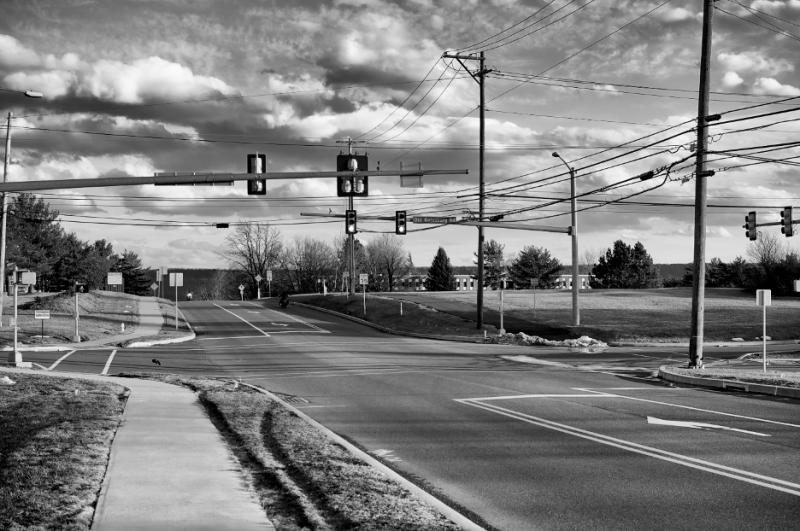Collision at the Intersection of Workers’ Compensation and Personal Injury in Minnesota

In Minnesota, an employee’s exclusive remedy against an employer for a personal injury is the Workers’ Compensation Act. However, this does not preclude an employee from bringing a personal injury action against a third-party tortfeasor. The most common example of this circumstance is a motor vehicle accident in which an injured driver was working, and the other driver was at fault. The driver that was working has sustained a work-related injury. That driver has also sustained a personal injury that was the fault of someone other than the employer, resulting in a potential third-party negligence action.
Personal Injury
If a person sustains a bodily injury that is the fault of another, the injured person may bring an action to recover damages. As is common to other states, those damages may include lost wages, medical expenses, and pain and suffering, among other things. Whether as a result of trial or settlement, the action will result in one award representing damages incurred in the past as well as damages that are anticipated to occur in the future.
Workers’ Compensation Claim
Similarly, a person that sustains a work-related injury may bring an action to recover workers’ compensation benefits. Those benefits may include lost wages, medical expenses, rehabilitation expenses, permanent partial disability, attorney fees, litigation costs, and penalties. Insurers commonly pay these benefits voluntarily. When disputed, the benefits may be recovered at a hearing or through settlement. While future benefits may be recovered through settlement, a hearing will only result in payment of past benefits. Injured employees sometimes will participate in multiple hearings over the course of many years, recovering only past benefits at each hearing. In Minnesota, as in many other States, there is a fee shifting statute that requires employers/insurers to pay some (or sometimes all) of the fees for the injured worker’s attorney.
The Employer’s Right to Recover Workers’ Compensation Payments - Subrogation
You may have noticed that some of the workers’ compensation benefits are the same as damages that may be recovered in a bodily injury action. Does that mean that a worker that was injured by the fault of a third party can recover twice for the same loss? No, not really. The employer that paid workers’ compensation benefits has a right of subrogation, meaning that the employer can seek repayment for the benefits that it paid from the third-party tortfeasor.
Settlement of a Workers’ Compensation Claim
If the employer and injured worker agree to it, the employer’s subrogation interest may be waived as part of a settlement of the workers’ compensation claim. This type of agreement allows the injured worker to recover damages in the personal injury action without any deduction for the subrogation interest. Of note, insurance companies usually have one department handling the workers’ compensation claim, and a separate department handling the subrogation claim. For that reason, an injured worker will be more likely to obtain waiver of the subrogation interest if he or she requests it well in advance of any settlement negotiations.
Settlement of a Personal Injury Action
If the defendant and injured worker agree to it, they may resolve the action except for the employer’s subrogation interest. After what is commonly referred to as a Naig settlement, the employer retains its right to pursue its subrogation claim against the defendant. The defendant, the Employer, and the injured worker may also settle the personal injury action in its entirety. The injured worker would reimburse the employer the agreed upon amount out of the proceeds of the settlement. If the injured worker and the employer are unable to agree, the injured worker can seek a judicial determination as to the portion of the settlement that must be reimbursed to the employer (a “Henning distribution”).
More to Read:
Previous Posts:




